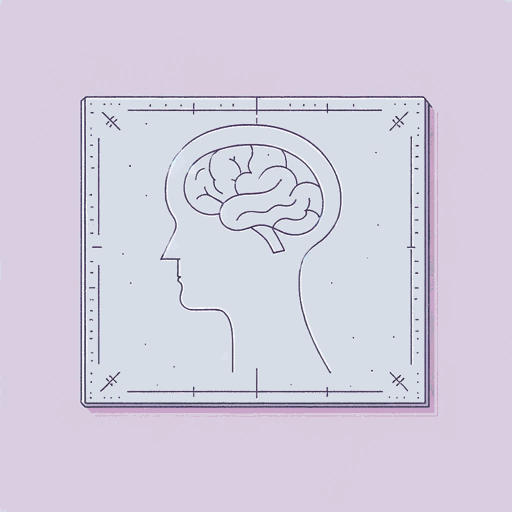42 pages • 1 hour read
John Locke, C. B. Macpherson, ed.Second Treatise of Government
Nonfiction | Essay / Speech | Adult | Published in 1689A modern alternative to SparkNotes and CliffsNotes, SuperSummary offers high-quality Study Guides with detailed chapter summaries and analysis of major themes, characters, and more.
Chapters 4-7Chapter Summaries & Analyses
Chapter 4 Summary: “Of Slavery”
In Locke’s view, “freedom of nature, is to be under no other restraint but the law of nature” (17). He disagrees with the fundamental idea of slavery because it completely ignores the natural liberties and basic freedoms granted to men under the state of nature and through the laws of God. However, he does describe “the perfect condition of slavery” (17), meaning the actual relationship that exists between a slave and a master. Ideally, the two would form an agreement that would instantiate their relationship as something with dignity; however, according to Locke, there is no such thing as a man who can make a compact with another man for his own life, as his own life is something over which he has no real power of determination.
Chapter 5 Summary: “Of Property”
This section covers one of Locke’s most famous and important ideas: property rights. For Locke, property is what a man “removes out of the state that nature hath provided, and left it in, he hath mixed his labour with, and joined to it something that is his own, and thereby makes it his property” (19).
Related Titles
By these authors



